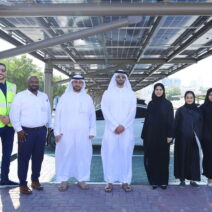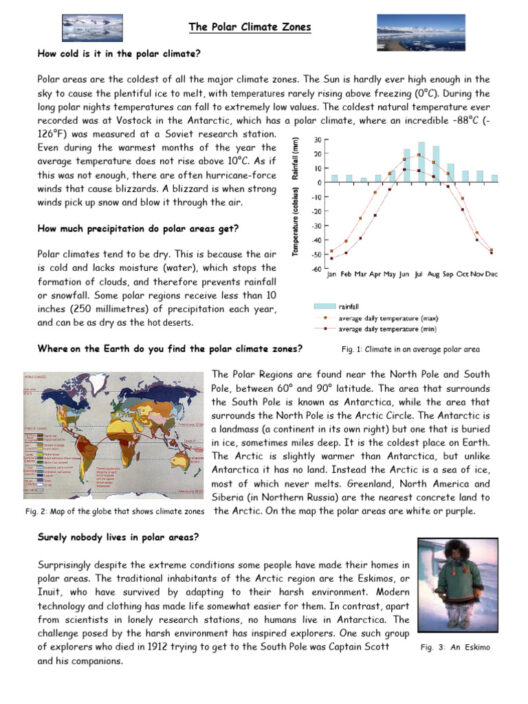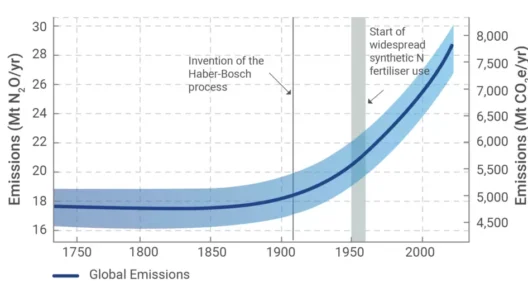As the Earth warms, a seemingly innocuous phenomenon—the daily increase in temperature—has far-reaching implications for our lives. Those fluctuations in heat are not just a distant concern; they permeate our quotidian experiences. Each day, we may find ourselves confronting the duality of the season’s warmth and an insidious threat lurking beneath it: global warming. This article delves into the myriad ways in which rising temperatures affect our daily lives, prompting a reassessment of our environmental reality.
At the core of global warming lies the greenhouse effect. This natural process involves gases in the Earth’s atmosphere trapping heat from the sun, facilitating a cozy climate that supports life. However, anthropogenic activities—such as fossil fuel combustion, deforestation, and industrial processes—intensify this effect. The subsequent rise in Earth’s average temperature has triggered a cascade of environmental changes that are now infiltrating everyday life.
The influence of global warming manifests most tangibly in the weather. Frequent and extreme heatwaves have become a hallmark of contemporary summers. Such temperature spikes not only disrupt daily routines but also pose considerable health risks. Prolonged exposure to extreme heat can lead to heat stroke, respiratory ailments, and exacerbation of chronic conditions. Vulnerable populations, including the elderly and those with preexisting health issues, face an elevated risk. Public health officials are now compelled to adapt to these conditions, fostering new strategies for cooling centers and public awareness initiatives.
Furthermore, the burgeoning heat impacts our local ecosystems. As temperatures rise, flora and fauna struggle to adapt. Species migration patterns are altered; animals seek refuge in more temperate zones, while plants may face catastrophic declines. The intricate balance of ecosystems becomes precarious. For example, changes in the timing of seasonal events—the phenomenon known as phenology—can misalign relationships between species, such as pollinators and plants. This disconnect threatens food supplies and local economies, thereby trickling down to affect our daily sustenance.
As we navigate these changes, our daily routines are affected in subtle yet significant ways. The modulation of seasonal cycles wreaks havoc on agriculture, shifting planting and harvest periods. Farmers are often left disoriented, grappling with unpredictable weather. Crop yields fluctuate, which can lead to food shortages and inflated prices at the grocery store. Consumers are not merely observing shifts in supply; they are engaging in a delicate balancing act of budgeting and meal planning, all under the looming specter of unsustainable agricultural practices.
Moreover, the ramifications extend even further. Water resources are diminishing in certain areas due to prolonged droughts, while others face the peril of flooding and soil erosion due to torrential downpours. These phenomena necessitate a reevaluation of urban infrastructure. City planners are increasingly tasked with designing resilient systems that mitigate the effects of flooding and manage water scarcity. From enhancing stormwater management to enforcing zoning regulations, adapting our built environment to embrace change has become imperative.
Transportation is another domain experiencing seismic shifts due to global warming. With increasing temperatures leading to rising sea levels and more frequent storms, critical infrastructure—roads, bridges, and even airports—are at heightened risk. Commuters may face longer travel times due to weather-related delays, altering daily schedules and productivity levels. Consequently, a pivot toward more sustainable modes of transportation, like public transit and cycling, may gain traction—an unforeseen silver lining in the climate crisis.
Social interactions, too, are influenced by the heated climate. As neighborhoods become more susceptible to extreme heat, residents are encouraged to isolate themselves indoors. Community gatherings and outdoor activities may wane, leading to a gradual erosion of social cohesion. Conversely, another byproduct emerges: a heightened interest in environmental advocacy. As individuals witness firsthand the effects of climate change, a shared sense of urgency may galvanize them to participate in community efforts aimed at promoting sustainability.
Consumer behavior is yet another aspect to consider. With awareness regarding the environmental impact of products on the rise, individuals are more discerning about their purchases. Local markets flourish as customers express a preference for sustainably sourced foods. The quest for eco-friendly alternatives has sparked innovation within industries, as manufacturers strive to meet consumer demand for greener choices, thereby redefining traditional business models.
The cumulative effects of global warming compel us to confront uncomfortable truths about our existence. The incessant heat and its ripple effects may seem abstract on an individual level, yet they coalesce to form a broader, undeniable reality. Society must embrace this paradigm shift and evolve accordingly. A proactive approach—marked by innovative thinking, adaptive strategies, and unparalleled resilience—is necessary to combat the onslaught of rising temperatures.
In summation, the realities of global warming permeate the tapestry of our daily lives with an undeniable force. From unprecedented weather patterns to the evolution of social interactions, the implications of rising temperatures are vast and intricate. We stand at a crossroads—one where we can redefine our relationship with the environment, heeding the urgent call for sustainable practices. In recognizing the intertwined fate of humanity and the ecosystem, we may find the impetus for transformation: not merely an adaptation to heat but an evolution towards a harmonious coexistence with our planet.








